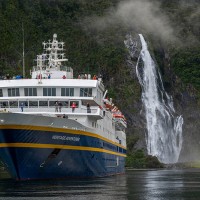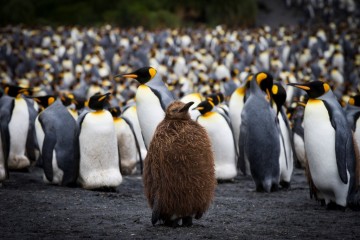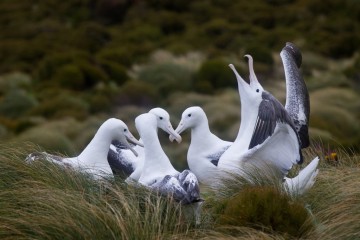The Forgotten Islands of the South Pacific
Tour Overview
Forgotten Islands of the South Pacific: Subantarctic Islands, an 8 day expedition cruise exploring the Subantarctic Island of New Zealand.
Venturing from New Zealand's far south, we voyage even further to the remote islands known as The Snares, visit Carnely Harbour and Enderby Island in the Auckland Islands group, and Campbell Island. These are remote, unpopulated islands, in New Zealand's Southern Ocean. They are UNESCO World Heritage sites, and a very limited number of people are allowed to visit each year - why not be one of the privileged few!
Journey onboard the Heritage Adventurer, a fully equipped and ice-strengthened ship crewed by some of the most experienced officers and sailors in the world and staffed by a passionate and knowledgeable expedition team. Along with like minded travellers explore these islands full of unique wildlife opportunities, and be surprised by some of the colourful wildflowers and mega herbs that grow on these rugged landscapes. Explore dramatic coastlines by zodiac in search of endemic Snares Crested Penguins, Fernbirds and Tomtits. Walk the forests and hills of the Auckland and Campbell Islands, breeding grounds to Albatross, the endemic Campbell Island Flightless Teal, Snipe and more.
Viva's Best Bits...
Walk the rugged hills and forest of these remote island to discover rare and unique wildlife and flowers, like the yellow eyed penguin
Fantastic for wildlife photography, with birdlife like the gracious albatross, alongside dramatic backdrops.
"Visit Auckland and Campbell Islands, the breeding grounds of the rare Hooker Sea Lion, also known as the New Zealand Sea Lion" Pia, Team Viva


